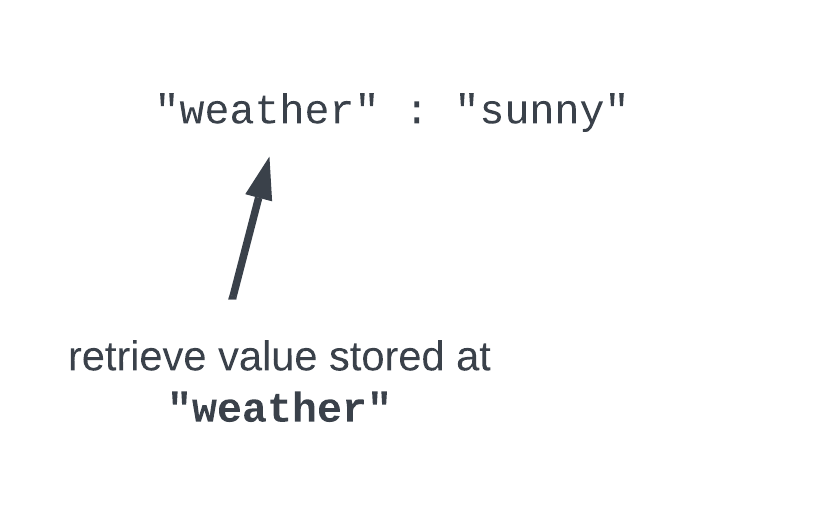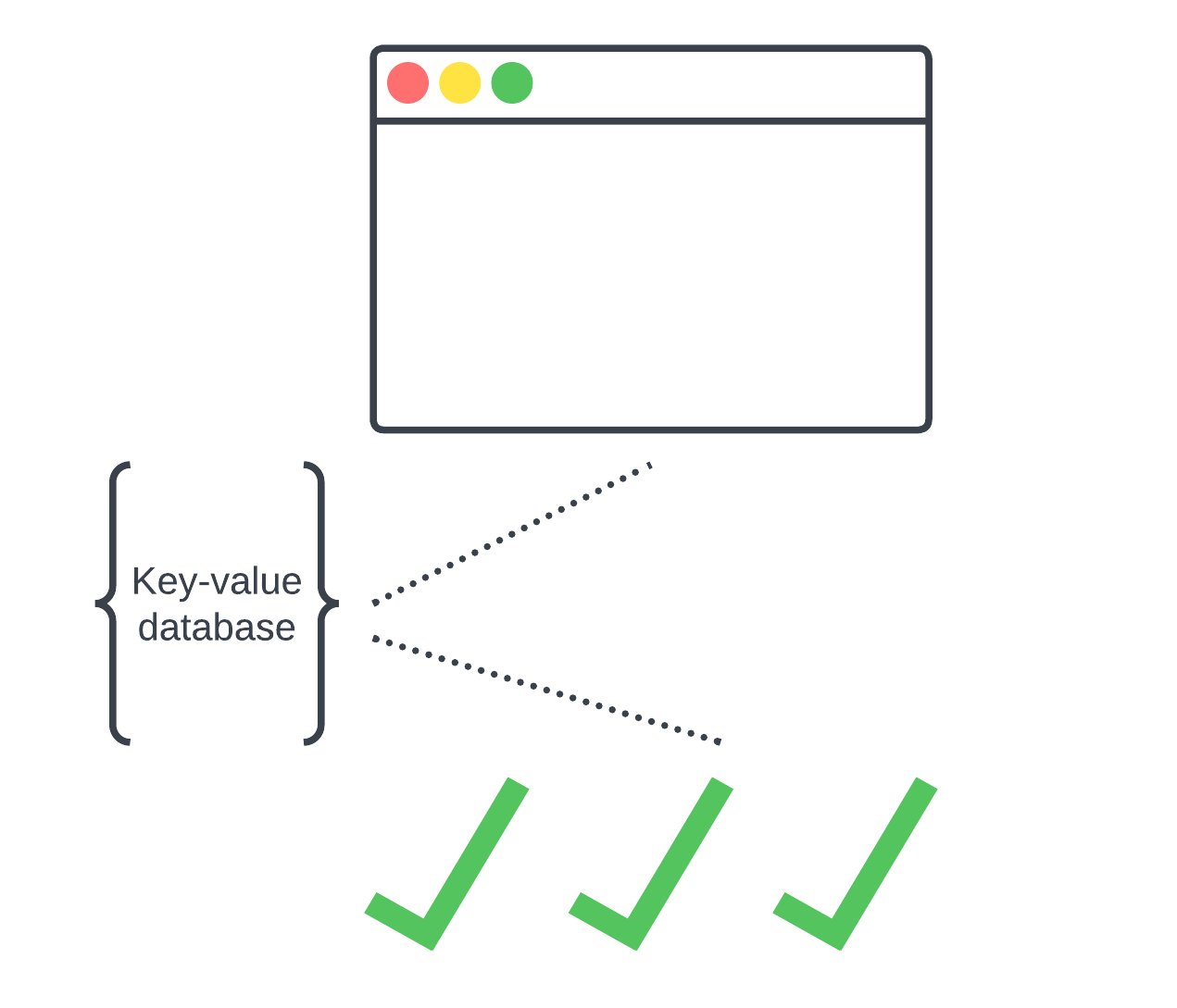Introduction to key-value databases
Introduction to NoSQL

Jake Roach
Data Engineer
Key-value databases
Definition: A NoSQL database that uses simple key-value pairs (similar to dictionaries in Python) to store data.
- Can be searched by key, not the value
- Store values of type string, hash, or lists
- Performant for simple read and writes of data
- Data is stored in memory, instead of on disk

1 https://redis.com/nosql/key-value-databases/
Key-value database use-cases

Commonly used in web applications, for:
- Session management
- Caching frequently accessed data
- Track user preferences and behavior
$$
Key-value databases source analytics platforms:
- Snowflake
- Redshift
Redis

redis library to interact with Redis using Python
$$
- Connect to cluster running on
localhost - Exposed over port
6379 - Decode responses, instead of bytes
import redis
# Create a connection to Redis cluster
r = redis.Redis(
host="localhost",
port=6379,
decode_responses=True
)
Later, we'll:
- Store key-value pairs
- Retrieve key-value pairs
Let's practice!
Introduction to NoSQL

